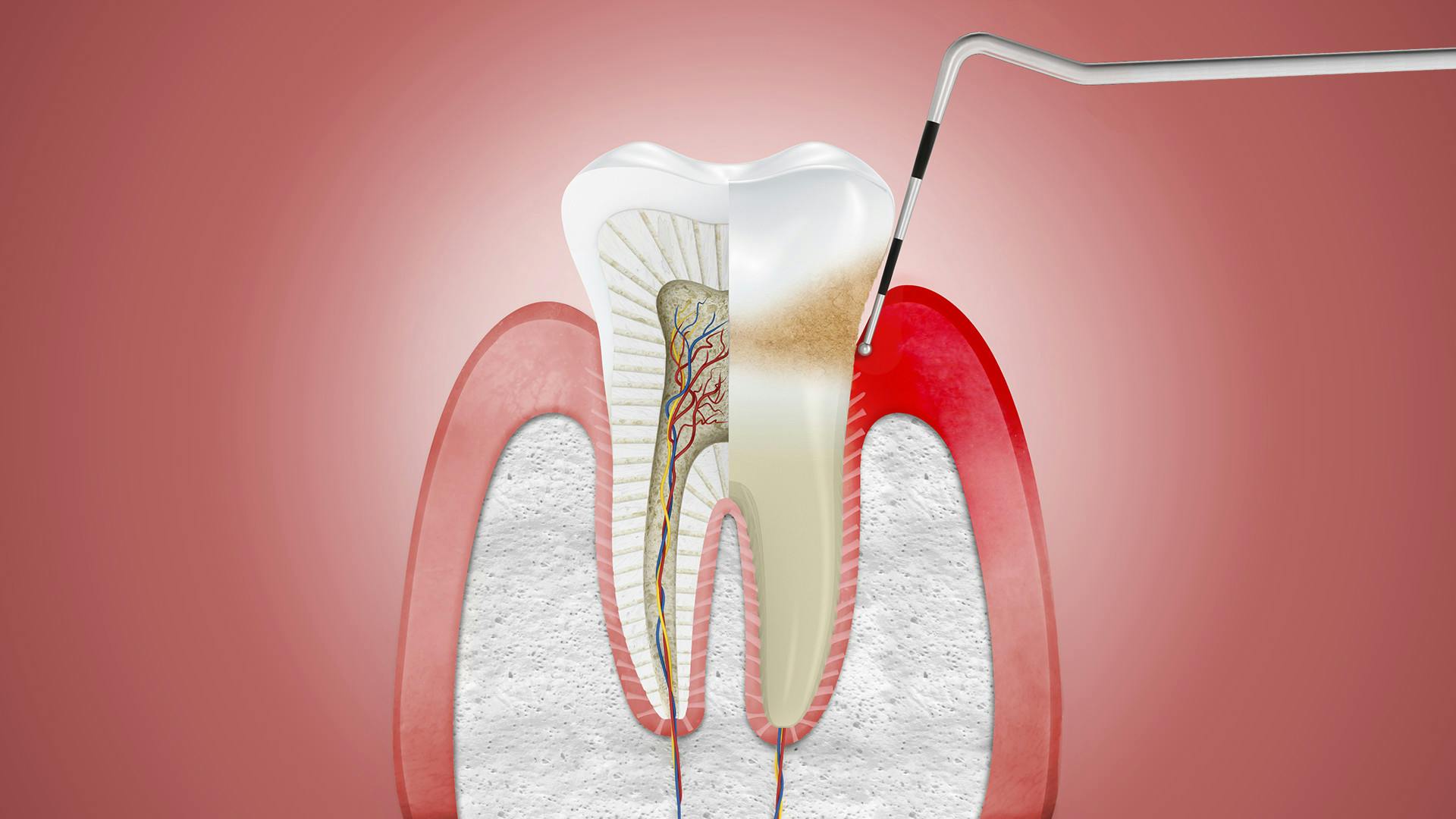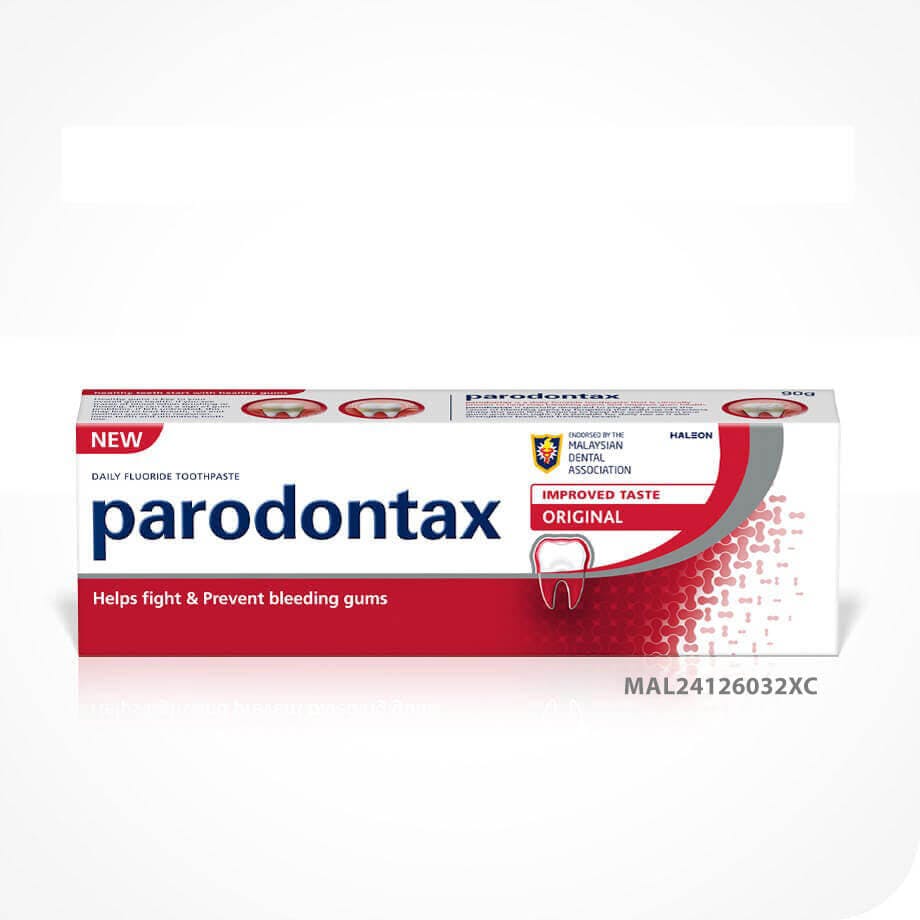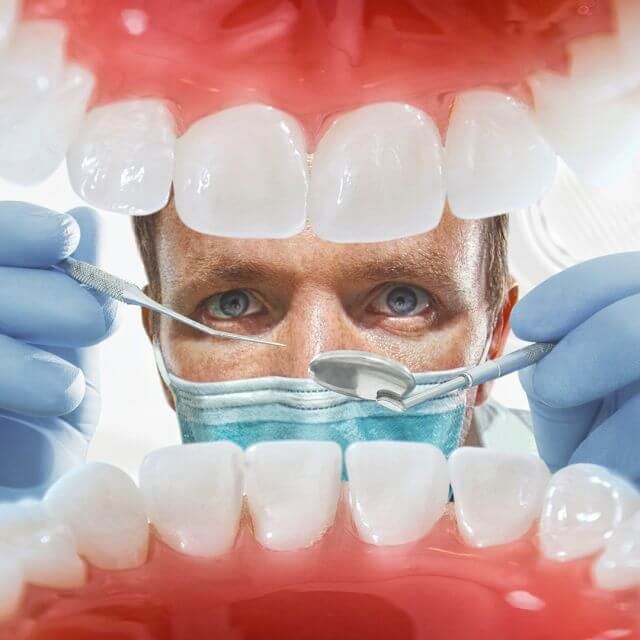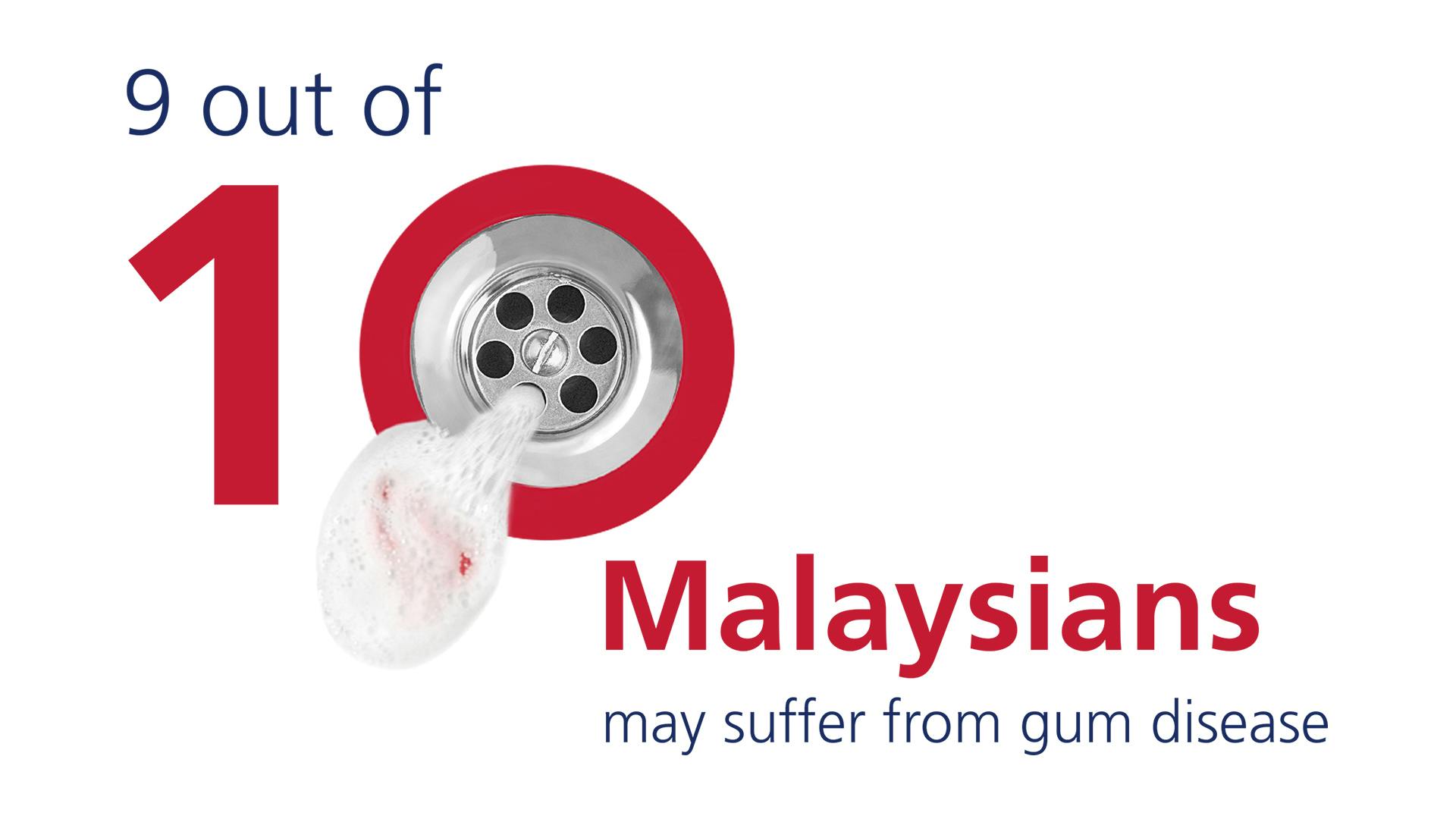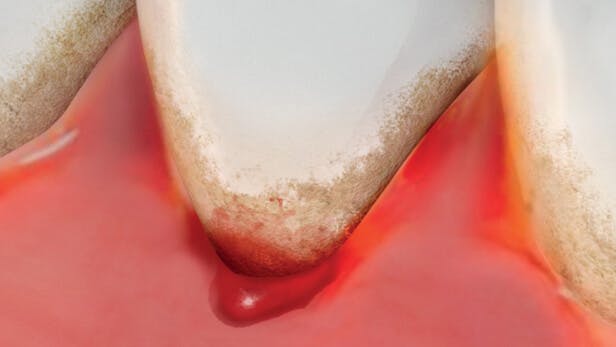GINGIVITIS SYMPTOMS AND SIGNS TO WATCH OUT FOR
Gingivitis is an early, mild stage of gum disease. Spotting the signs of gingivitis is important, as it allows you to act quickly to stop the journey of gum disease before things get more serious.
If left untreated, gingivitis can progress into periodontitis, which is severe, irreversible gum disease and the most common reason for adult tooth loss.1 The good news is that changing to a good oral care routine can help get rid of gingivitis and keep your gums in great shape. That’s why it’s vital to keep an eye out for any signs of gingivitis so you can help stop gum disease progressing.
4 SIGNS OF GINGIVITIS
To help you spot the signs here’s a handy guide to the four main gingivitis symptoms:
1. Bleeding gums
One of the first symptoms of gum disease that you may experience is bleeding gums. Healthy gums don’t bleed, so if you spot blood when you brush or floss this could be a sign of gingivitis. Even if you only see blood occasionally, don’t ignore it as it could be a sign that you’re developing gum problems.
2. Bad breath
There are lots of reasons why you could have bad breath or, to give it its medical name, halitosis. It might be because of something you ate, or if you aren’t taking good care of your teeth and gums, but it could also be an early sign of gingivitis. That’s because the bacteria linked to gum disease also gives off a nasty smell as it breaks down food particles in your mouth. Bad breath is an embarrassing and unpleasant condition, but it could also be the thing that alerts you that you’re developing gum disease.
3. Swollen gums
Your gums should look pink and firm. Next time you brush your teeth, have a good look inside your mouth – if you have red, puffy, swollen gums it could be a symptom of gingivitis and a sign that you need to take better care of your gums.
4. Receding gums
Take a look in the mirror and see if you can spot any receding gums. This is when the gum begins to draw back from your teeth, which exposes the root beneath. You might be able to spot that your teeth look a bit longer or feel a notch where the gum meets the tooth (the gum line). Another sign of gum recession can be tooth sensitivity. Receding gums are relatively common. If you spot them, it’s time to find out the cause and what you can do to stop them getting worse.
Did you know that pain is often the way your body alerts you to a problem but, typically, gingivitis isn’t painful? This can mean it can be overlooked. Usually, painful, sore gums are caused by something else, maybe poor brushing technique or a dental abscess. If you do have tender, sore gums speak to your dentist to find out what’s causing the problem.
WHAT TO DO IF YOU THINK YOU MAY HAVE GINGIVITIS
If you experience any of these gingivitis signs, don’t ignore them. In the early stages you can stop the journey of gum disease, but over time, if left untreated it can progress into periodontitis and even tooth loss. The best thing to do if you spot any of these symptoms is visit the dentist. A professional can spot the early signs of gingivitis and advise you on the best way to treat them before they get any worse.
And remember, the best way to stop the journey of gum disease is to adopt a good oral health routine.
1 Periodontal (Gum) Disease . 2017. Periodontal (Gum) Disease . [ONLINE] Available at: https://www.nidcr.nih.gov/DataStatistics/FindDataByTopic/GumDisease/. [Accessed 10 July 2017].


